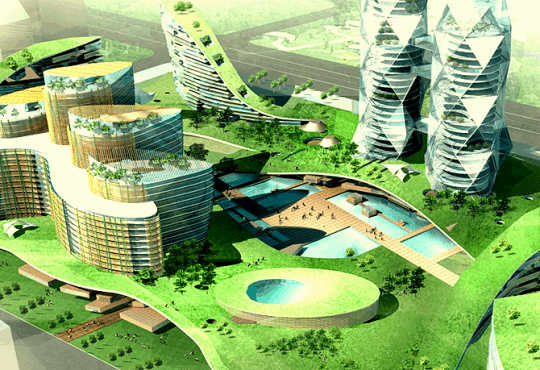SMART CITY NEEDS SMART ICT ROLE PLAY BY DR KESHAB PANDA, CEO, L&T TECHNOLOGY SERVICES
India’s urban population is estimated to grow to thrice its current size by the year 2031. This calls for vastly improved infrastructure and provision of essential services to citizens as well as businesses. Significant opportunities await the information and communications technology (ICT) industry, which, more than any other, is capable of addressing the myriad challenges faced by Indian cities in matters of physical and social infrastructure, environmental considerations and governance.NASSCOM estimates that the total ICT spending for smart cities could amount to 10-15 percent of total budget. This translates to a potential $30-40 billion opportunity over the next ten years.
Telecom and data communication service providers ought to play a pivotal role in smart city projects for the simple reason that they are better equipped to provide ICT services than any utilities provider or cable company or service provider in the picture. Telecom and data networks together with the Internet of Things (IoT) are essential pre-requisites to the functioning of the other elements involved in the development of a smart city.The smart cities of the future are expected, among other things, to foster socio-economic growth, integrate technology with lifestyle, improve e-governance, provide seamless consumer services, and be ecologically sustainable. It is clear that future Internet technologies and services will be at the core of the new society and economy. These include location-based services, trust and security platforms, multi-modal interfaces, and more – all of which will require common open platforms and a robust ICT infrastructure with high-speed Internet access over wired and wireless networks.
The rollout of a smart city will secure the involvement of multiple government levels and disciplines as well as business players ranging from small private firms to large multinationals. How each of these interact and collaborate will largely depend on the economic, ecological and social drivers behind the project. Working together, the stakeholders can employ ICT to significantly improve essential public and private services such as e-governance and administration, education, healthcare, public safety, real estate, transportation, energy and water.Greenfield smart city projects typically imply larger ICT requirements while brownfield projects – which most in India will be – require an overhaul of existing ICT capabilities. Depending on the maturity and complexity of each project, some opportunities will be a natural fit for telecom and data communication service providers, while some others will need cooperation and partnerships amongst players within the smart city ecosystem. Cities are a complex interplay of people, processes and infrastructure. Re-engineering the processes and putting in place alternate institutional infrastructure will be, by any means, a tough ask.
There’s a misplaced notion that technology should be able to solve complex economic and administrative problems in the exact way it was intended to. However the experience of developed countries reflects that social requirements determine the very way in which technology is used in the first place. In fact, technological solutions and society share a symbiotic relationship in which each influences the other. ICT solutions should be designed so as to work in unison with the other building blocks of smart cities, to meet the needs of the people and, in the process, bring about a change in the populace itself.Valuable insights can be gained into behavioral patterns of individuals and groups, and about consumption of resources by tracking and analyzing relevant data. ICT can provide the city administrators with both information about and the means to establish channels of communications with the citizens, identify patterns to aid urban planning, incentivize new behaviors and automate other forms of infrastructure within the city. It’s a role that few others can play out, a role that deserves front-row viewing.




